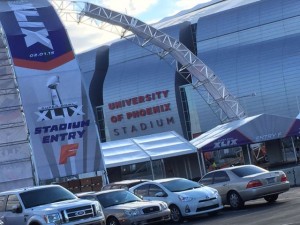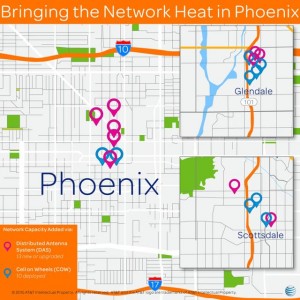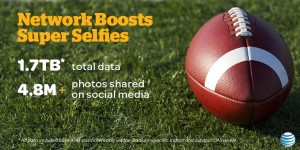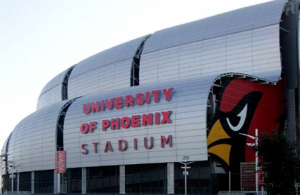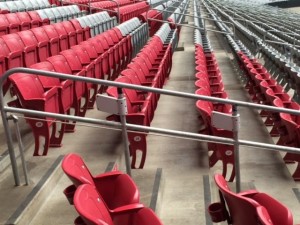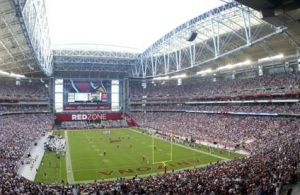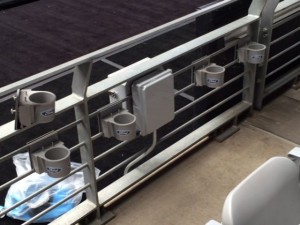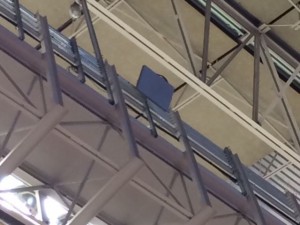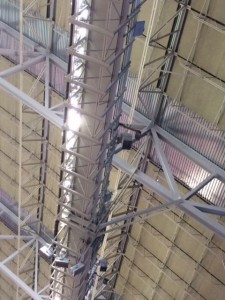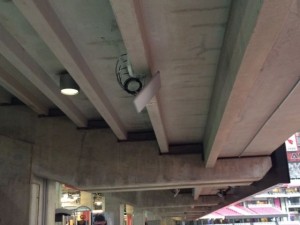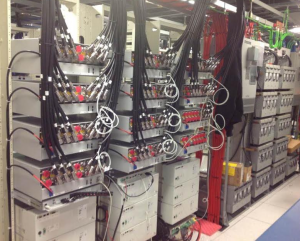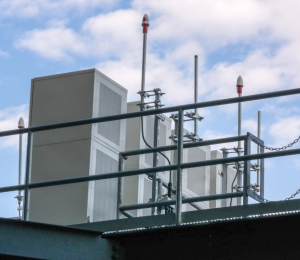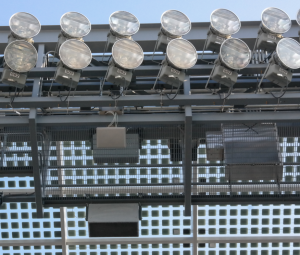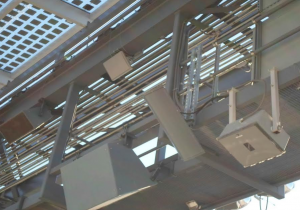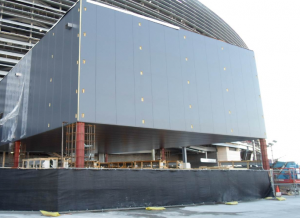In a blog post from AT&T senior executive vice president John Donovan AT&T said it saw 696 gigabytes of wireless data used on its in-stadium DAS Sunday night, with an additional 1 TB used in and around the stadium in the surrounding parking lots and the Westgate entertainment district, a mall/restaurant complex that is connected to the UoP stadium area. The 1.7 TB mark surpasses the 1.4 TB DAS mark AT&T saw at the recent College Football Playoff championship game in Arlington, Texas, on Jan. 12.
Donovan’s blog post contains some interesting looks back — with a peak usage of 125 GB per hour Sunday, AT&T saw another new high mark, one that seems to say that usage of wireless data at stadiums is still climbing with no roof (retractable or not) in sight. Here’s a couple quotes:
Since 2011 – inclusive of the last five Big Games – the total data usage on AT&T’s in-stadium network has increased from 177GB to 696GB and peak hour data usage has increased from 30GB to 125GB.
And:
These numbers don’t come as a total shock as we experienced several high marks this season. In total, from 253 games at 31 stadiums, our customers have used more than 85.7TB of mobile data on our venue-specific cellular networks. That’s equivalent to more than 245M social media posts with photos from 253 games (an average of almost 1M social media posts per game).
We are still waiting for results from the stadium Wi-Fi network… will the total break the 6 TB mark set at the CFP championship game? Stay tuned! More AT&T infographic fun below.
